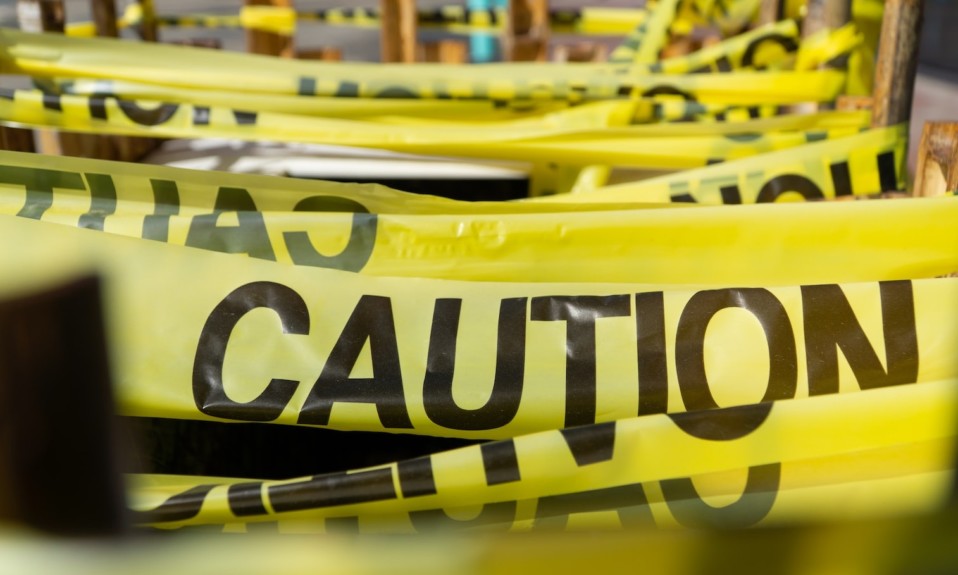One—isotonitazene—is more potent than just about anything out there and continues to tighten its grip
By Jason Langendorf
The quickest, most common point of reference when explaining the dangers of fentanyl has been to compare its strength to that of heroin, a menacing drug in its own right. Fentanyl is up to 50 times more potent, we’re told. Now, imagine if a drug were 20 to 100 times more powerful than fentanyl.
You don’t have to, experts say. It’s already out there, and has been for a few years.
It’s called isotonitazene (also known as ISO), and it’s one of several relatively new synthetic opioids that have quickly flooded the street drug supply and, according to experts, already has had a driving effect on overdose numbers that have climbed exponentially in recent years.
Having first emerged around 2019 in the Midwest, isotonitazene moved into the Southern states and then along the Eastern seaboard. Last November, The Washington Post reported that the estimated 498 fatal overdoses over 12 months in the District of Columbia area amounted to “an extraordinary figure that eclipses the city’s notably high homicide toll and is larger than the number of drug deaths in 13 states.”
According to provisional data from the CDC, 75% of U.S. drug overdose deaths in 2021 involved a synthetic opioid.
In June, the U.S. Drug Enforcement Agency (DEA) went so far as to issue a special warning about the advance of ISO in the Washington, D.C., and Tri-State areas.
“We want to get this info out and warn people,” Jarod Forget, special agent in charge of the DEA’s Washington Division, said. “If we can educate and inform our communities about the dangers of taking counterfeit prescription pills or other drugs, we stem the proliferation of these deadly opioids, stop all of these senseless deaths and help keep our neighbors and loved ones safe.“
The Fallout From Synthetic Opioids
According to provisional data from the Centers for Disease Control and Prevention (CDC), 75% of U.S. drug overdose deaths in 2021 involved a synthetic opioid. Fentanyl, which has received heavy scrutiny in recent years, is gradually coming under more control. But at the same time, illicit drug makers are developing even more deadly synthetics that, because of their novelty, may be impossible to detect.

“There have been some synthetic opioids developed for medical purposes,” Lawrence Weinstein, MD, chief medical director at American Addiction Centers, told TreatmentMagazine.com via email. “Fentanyl has a legitimate medical use, as does methadone, and some synthetic opioids currently in the drug supply were not created with the intention of illicit use. Carfentanil is used in the veterinary field as a tranquilizing agent. But despite its intended use, very commonly, synthetic opioids are produced by illicit manufacturers specifically for non-medical use.”
Research chemicals specifically labeled “not for human consumption” can be easily purchased online. And with information acquired from medical journals, scientific and medical literature, and patents filed by pharmaceutical companies, isotonitazene and other synthetic opioids can be created and slip under the radar of agencies not yet trained to detect or even look for them.
These synthetic substances, relatively inexpensive to produce, may be sold in their purest form but are often cut with other drugs, which can make them even more dangerous. People typically have no idea when their supply is adulterated or with what. Testing strips for fentanyl have been developed for public consumption over time, but to date there is no mass-produced, accessible way to test for ISO.
The only truly safe route, Weinstein says, is to avoid substance use altogether—and not simply because of the rising danger of a drug being adulterated with ISO. “We are having young people die from overdoses after taking what they believed to be, say, an Adderall pill, or someone addicted to meth dying of an overdose because they had no idea it was laced with fentanyl or another substance. Taking a pill of any kind that was given and not prescribed is a lethal gamble. It is difficult to avoid what can’t be seen.”
Top photo: Jessica Tan














